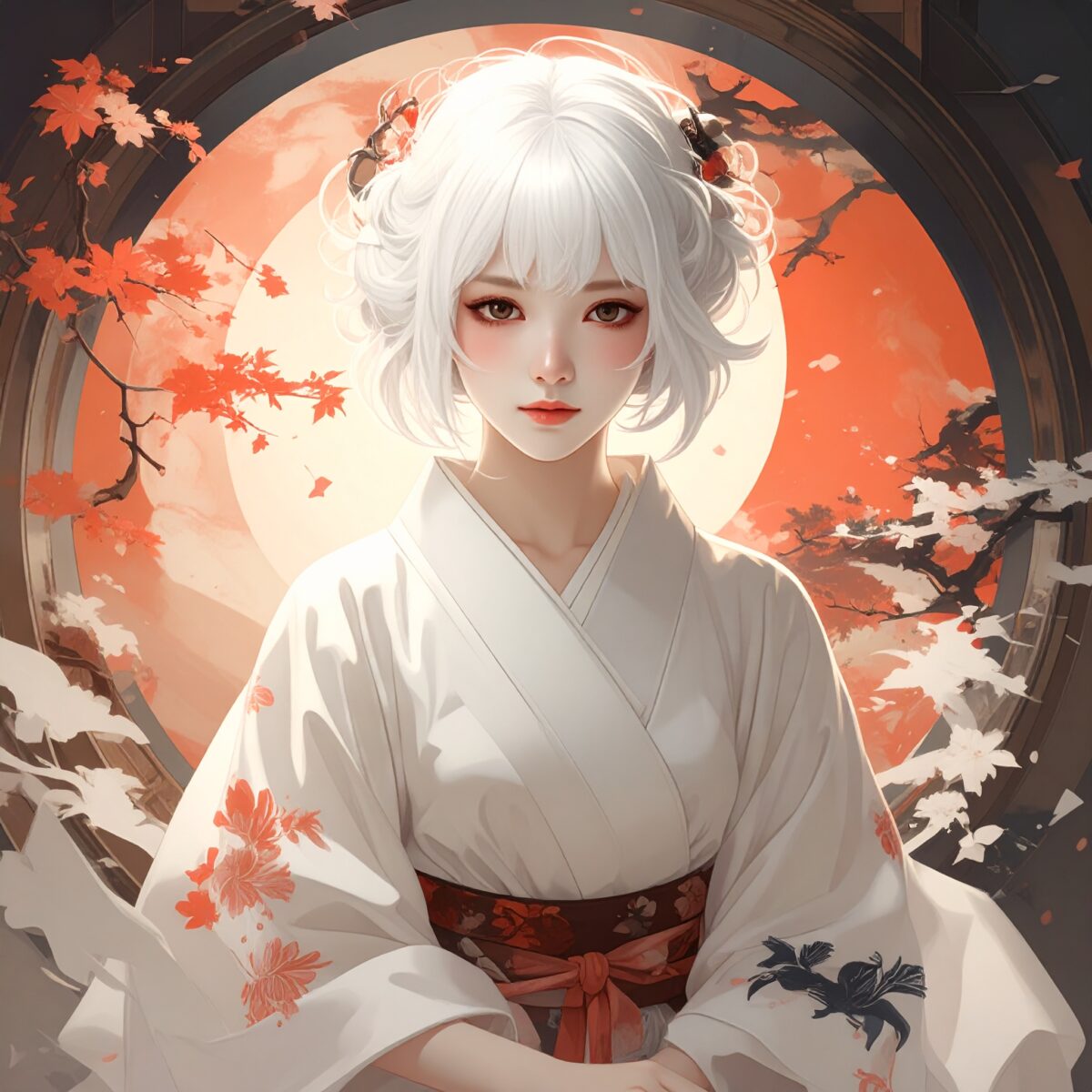One of Japan’s most delicate and beautiful traditional materials is washi, Japanese handmade paper. From calligraphy and shoji screens to crafts and Shinto rituals, washi has long supported both daily life and spiritual practice. Joining a cultural exploration tour that traces its history and crafting process offers a rare opportunity to experience the Japanese values of precision and deep respect for nature.
Washi dates back to the 7th century, when papermaking techniques from China were adapted to Japan’s climate and local fibers. Traditional raw materials include kozo, mitsumata, and gampi—each harvested, steamed, beaten, soaked, and then hand-scooped one sheet at a time. The entire process relies solely on human touch and natural elements—no chemicals or machines involved—keeping centuries of tradition alive today.
On this cultural journey, visitors often tour a washi workshop and observe artisans at close range. The sight of fibers floating in the vat, the rhythmic scooping action—quiet yet powerful—reveals craftsmanship rooted in simplicity, discipline, and beauty. This meticulous process symbolizes Japan’s long-standing appreciation for quality over quantity.
Many tours also invite participants to try hand-scooping themselves. Using traditional wooden frames, visitors learn to lift pulp evenly to keep it from sinking. The resulting paper is dried on-site and transformed into handmade postcards or letter sheets to take home. Each piece varies in thickness, texture, and color—so your washi becomes a uniquely personal memento, etched into the memory of your journey.

These Washi tours offer more than hands‑on learning—they reveal the Japanese way of living in harmony with nature. The fibers used in Washi—harvested near mountain streams—traditionally require pure, flowing water. Understanding this makes you appreciate the profound link between ecology and craftsmanship. Trees and rivers yield raw materials, artisans transform them into paper, and that paper returns to enrich daily life—an enduring cycle steeped in Japanese aesthetics.
For international visitors, knowing the story behind a simple sheet of paper deepens cultural understanding. Discovering that Washi is recognized as a UNESCO Intangible Cultural Heritage and valued in prestigious international museums and restoration projects gives insight into its true significance.
Many tour venues offer English support or multilingual guides, ensuring accessible and informative explanations—from fiber and tool introductions to artisan conversations. There are even simplified workshops for young children, making these experiences perfect for families.
Washi isn’t just preserved—it’s lived. Whether crafted into lampshades, interior design, or modern art, Washi quietly unites tradition and innovation. By the end of the journey, you may find yourself drawn to take local Washi items home, bringing their timeless beauty into your own life.
Learning about Washi means discovering the intimate ties between hand, nature, and spirit in Japan. Each sheet, shaped by water, light, and time, becomes a cultural bridge—connecting people across generations. This is a quiet, heartfelt journey waiting to be experienced.




